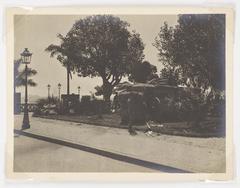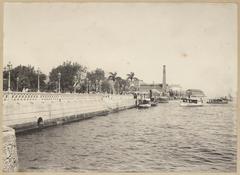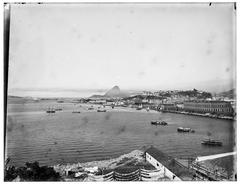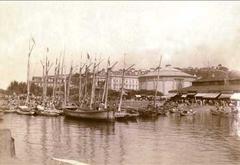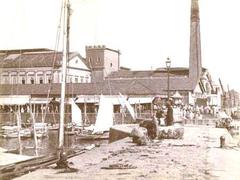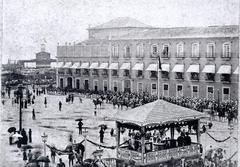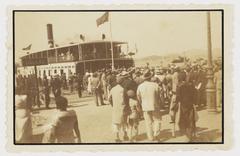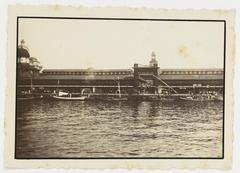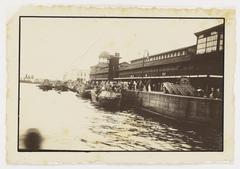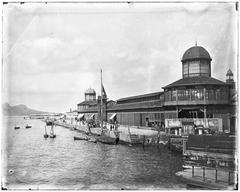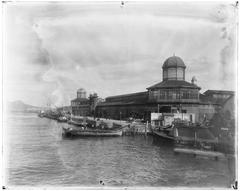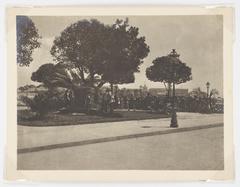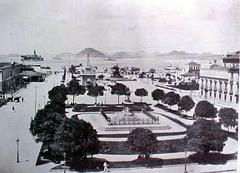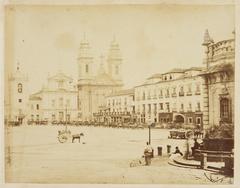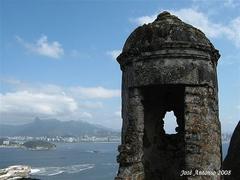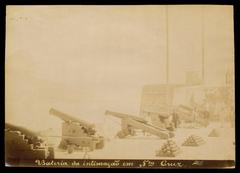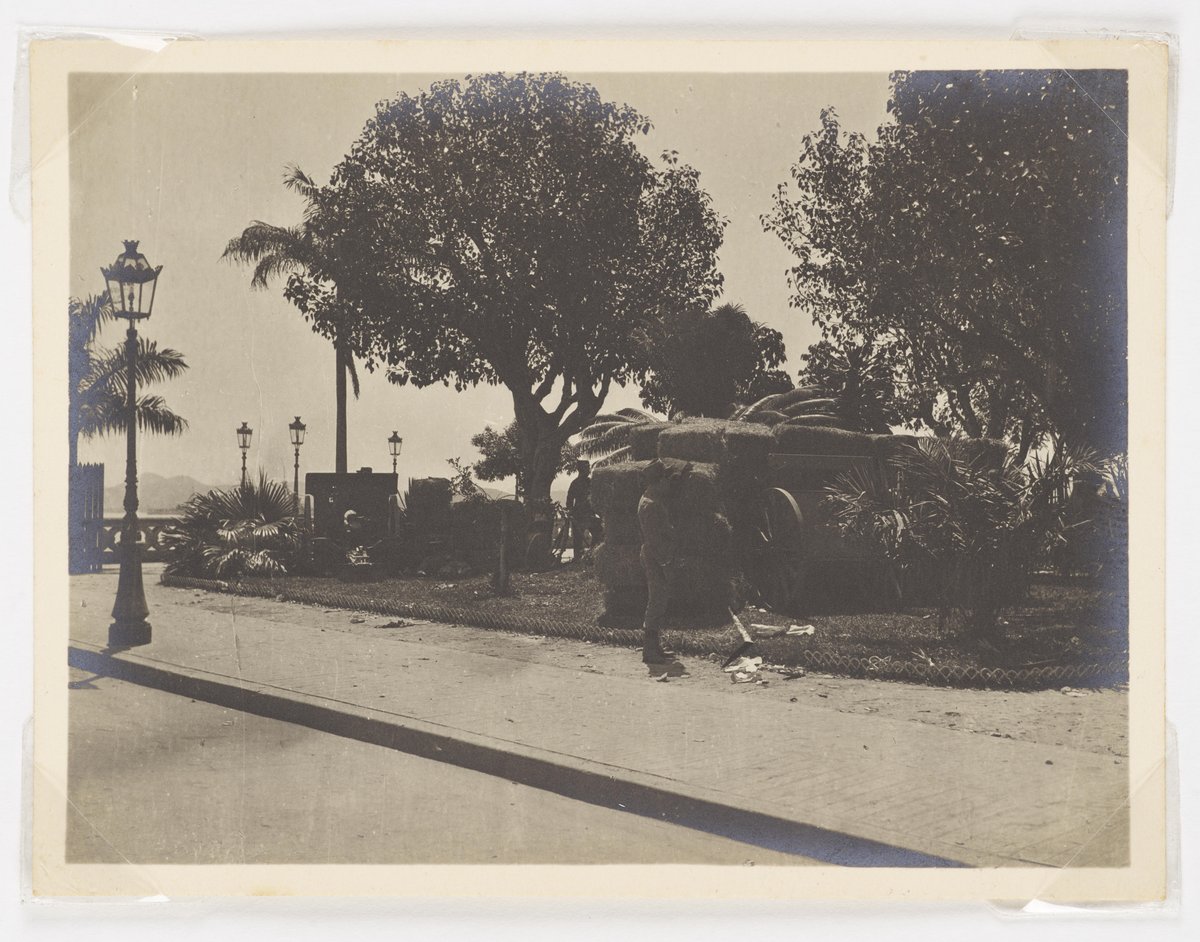
Paço Imperial in Niterói: History, Visitor Information, and Attractions
Date: 18/07/2024
Introduction
Table of Contents
- [Explore the Paço Imperial](#explore-the-paço-imperialexplore-the-paço-imperial)
- [Origins and Early History](#origins-and-early-historyorigins-and-early-history)
- [Royal Residence](#royal-residenceroyal-residence)
- [Imperial Era](#imperial-eraimperial-era)
- [Decline and Restoration](#decline-and-restorationdecline-and-restoration)
- [Modern Era and Cultural Significance](#modern-era-and-cultural-significancemodern-era-and-cultural-significance)
- [Architectural Features](#architectural-featuresarchitectural-features)
- [Historical Exhibits and Collections](#historical-exhibits-and-collectionshistorical-exhibits-and-collections)
- [Visitor Information](#visitor-informationvisitor-information)
- [Visiting Hours](#visiting-hoursvisiting-hours)
- [Tickets](#ticketstickets)
- [Travel Tips](#travel-tipstravel-tips)
- [Nearby Attractions](#nearby-attractionsnearby-attractions)
- [Accessibility](#accessibilityaccessibility)
- [Visitor Experience](#visitor-experiencevisitor-experience)
- [FAQ](#faqfaq)
- [Conclusion](#conclusionconclusion)
- [Call to Action](#call-to-actioncall-to-action)
Explore the Paço Imperial
Origins and Early History
The Paço Imperial, located in Niterói, Brazil, is a historical building with roots tracing back to the colonial era. Originally constructed in the 18th century, the building served as a residence for the governors of the Captaincy of Rio de Janeiro. Its strategic location near Guanabara Bay made it a significant site for administrative and military purposes. The architectural style of the Paço Imperial reflects the colonial baroque influences prevalent during its construction, characterized by its ornate facades and intricate woodwork.
Royal Residence
In the early 19th century, the Paço Imperial gained prominence when it became a residence for the Portuguese royal family. Following the transfer of the Portuguese court to Brazil in 1808, due to the Napoleonic invasions of Portugal, the building was repurposed to accommodate the royal entourage. This period marked a significant transformation in the building’s status, elevating it from a colonial administrative center to a royal palace. The presence of the royal family brought about various modifications and expansions to the structure, enhancing its grandeur and functionality.
Imperial Era
The Paço Imperial continued to play a crucial role during the Brazilian Empire, which was established in 1822 following Brazil’s independence from Portugal. Emperor Pedro I and later his son, Pedro II, utilized the building for official functions and state ceremonies. It was during this era that the Paço Imperial became a symbol of the burgeoning Brazilian nation, hosting important events such as the signing of the Lei Áurea (Golden Law) in 1888, which abolished slavery in Brazil. The building’s historical significance is further underscored by its association with key figures and events in Brazilian history.
Decline and Restoration
Following the proclamation of the Republic in 1889, the Paço Imperial experienced a period of decline. The building’s importance waned as the new republican government shifted its focus to other administrative centers. Over the years, the structure fell into disrepair, and its historical value was largely overlooked. However, in the mid-20th century, efforts to preserve and restore the Paço Imperial gained momentum. Recognizing its cultural and historical significance, the Brazilian government initiated restoration projects aimed at rehabilitating the building and preserving its architectural integrity.
Modern Era and Cultural Significance
Today, the Paço Imperial stands as a testament to Brazil’s rich historical heritage. It has been meticulously restored and transformed into a cultural center, hosting exhibitions, concerts, and other cultural events. The building’s historical significance is highlighted through various exhibits that showcase its role in Brazil’s colonial and imperial past. Visitors to the Paço Imperial can explore its beautifully preserved rooms and halls, gaining insights into the lives of the Portuguese royal family and the early Brazilian emperors.
The Paço Imperial’s transformation into a cultural hub has also contributed to the revitalization of the surrounding area. The building is now a focal point for cultural and artistic activities in Niterói, attracting both locals and tourists. Its historical significance, combined with its architectural beauty, makes it a must-visit destination for those interested in Brazil’s colonial and imperial history.
Architectural Features
The architectural features of the Paço Imperial are a blend of colonial baroque and neoclassical styles. The building’s facade is adorned with intricate carvings and decorative elements, reflecting the craftsmanship of the colonial era. Inside, visitors can admire the beautifully preserved wooden floors, ornate ceilings, and period furnishings. The restoration efforts have ensured that the building retains its historical charm while accommodating modern amenities for visitors.
One of the notable features of the Paço Imperial is its grand staircase, which leads to the upper floors where the royal family once resided. The staircase is a masterpiece of colonial architecture, with its elegant design and intricate details. The building also features several courtyards and gardens, providing a serene and picturesque setting for visitors to explore.
Historical Exhibits and Collections
The Paço Imperial houses a variety of historical exhibits and collections that offer a glimpse into Brazil’s colonial and imperial past. These exhibits include artifacts, documents, and artworks that highlight the building’s historical significance and its role in shaping Brazil’s history. Visitors can view items such as royal portraits, period clothing, and historical documents, providing a comprehensive understanding of the building’s historical context.
One of the key exhibits is dedicated to the Lei Áurea, showcasing the original document and providing insights into the abolition of slavery in Brazil. This exhibit is particularly significant as it highlights the Paço Imperial’s role in one of the most important events in Brazilian history. Other exhibits focus on the daily lives of the Portuguese royal family and the early Brazilian emperors, offering a fascinating glimpse into their personal lives and the opulence of the imperial court.
Visitor Information
Visiting Hours
The Paço Imperial is open to the public from Tuesday to Sunday, 10:00 AM to 6:00 PM. It is closed on Mondays and public holidays.
Tickets
General admission tickets cost R$10.00 for adults and R$5.00 for students and seniors. Children under 12 and visitors with disabilities enjoy free entry.
Travel Tips
The Paço Imperial is easily accessible by public transportation, with several bus lines stopping nearby. Parking is available in the vicinity for those traveling by car.
Nearby Attractions
While in Niterói, don’t miss other historical sites and attractions such as the Niterói Contemporary Art Museum and the Fortaleza de Santa Cruz.
Accessibility
The Paço Imperial is equipped with ramps and elevators to accommodate visitors with mobility challenges.
Visitor Experience
Visiting the Paço Imperial is a journey through Brazil’s rich historical heritage. The building’s well-preserved architecture and historical exhibits provide a captivating experience for history enthusiasts and casual visitors alike. Guided tours are available, offering in-depth insights into the building’s history and significance. These tours are conducted by knowledgeable guides who provide detailed explanations of the exhibits and the historical context of the Paço Imperial.
In addition to the historical exhibits, the Paço Imperial also hosts a variety of cultural events, including concerts, art exhibitions, and theatrical performances. These events provide visitors with an opportunity to experience Brazil’s vibrant cultural scene while exploring the historical building. The Paço Imperial’s central location in Niterói also makes it easily accessible, with several nearby attractions and amenities for visitors to enjoy.
For those planning a visit, it is recommended to check the Paço Imperial’s official website for information on opening hours, ticket prices, and upcoming events. The building’s historical significance, combined with its cultural offerings, makes it a must-visit destination for anyone interested in Brazil’s history and culture.
FAQ
Q: What are the visiting hours for the Paço Imperial?
A: The Paço Imperial is open from Tuesday to Sunday, 10:00 AM to 6:00 PM. It is closed on Mondays and public holidays.
Q: How much are the tickets for the Paço Imperial?
A: General admission tickets cost R$10.00 for adults and R$5.00 for students and seniors. Children under 12 and visitors with disabilities enjoy free entry.
Q: Is the Paço Imperial accessible for visitors with disabilities?
A: Yes, the Paço Imperial is equipped with ramps and elevators to accommodate visitors with mobility challenges.
Q: What other attractions are nearby the Paço Imperial?
A: Other nearby attractions include the Niterói Contemporary Art Museum and the Fortaleza de Santa Cruz.
Q: Are guided tours available at the Paço Imperial?
A: Yes, guided tours are available and provide in-depth insights into the building’s history and significance.
Conclusion
Call to Action
Stay updated with the latest news and events at the Paço Imperial by downloading the Audiala mobile app, and don’t forget to follow us on social media for more updates and related posts.
